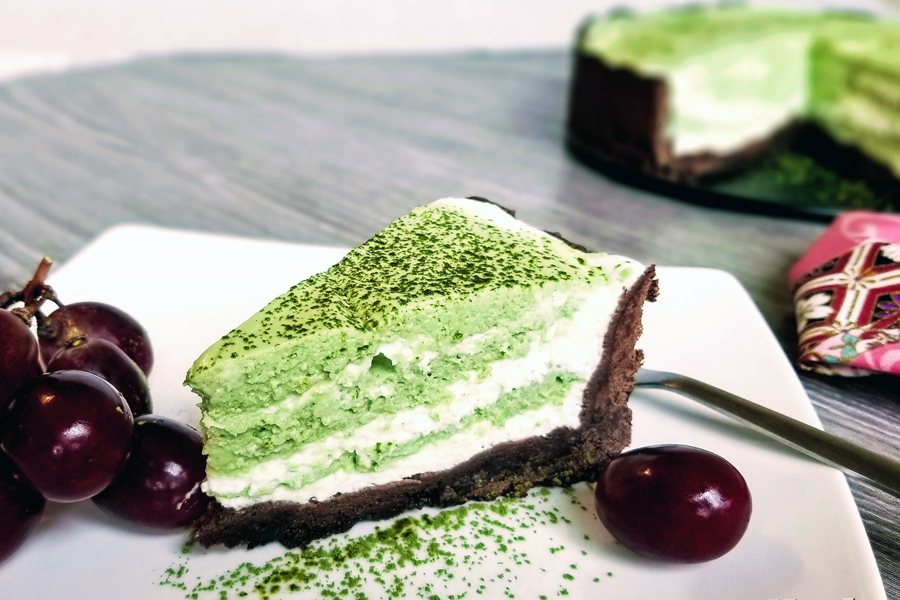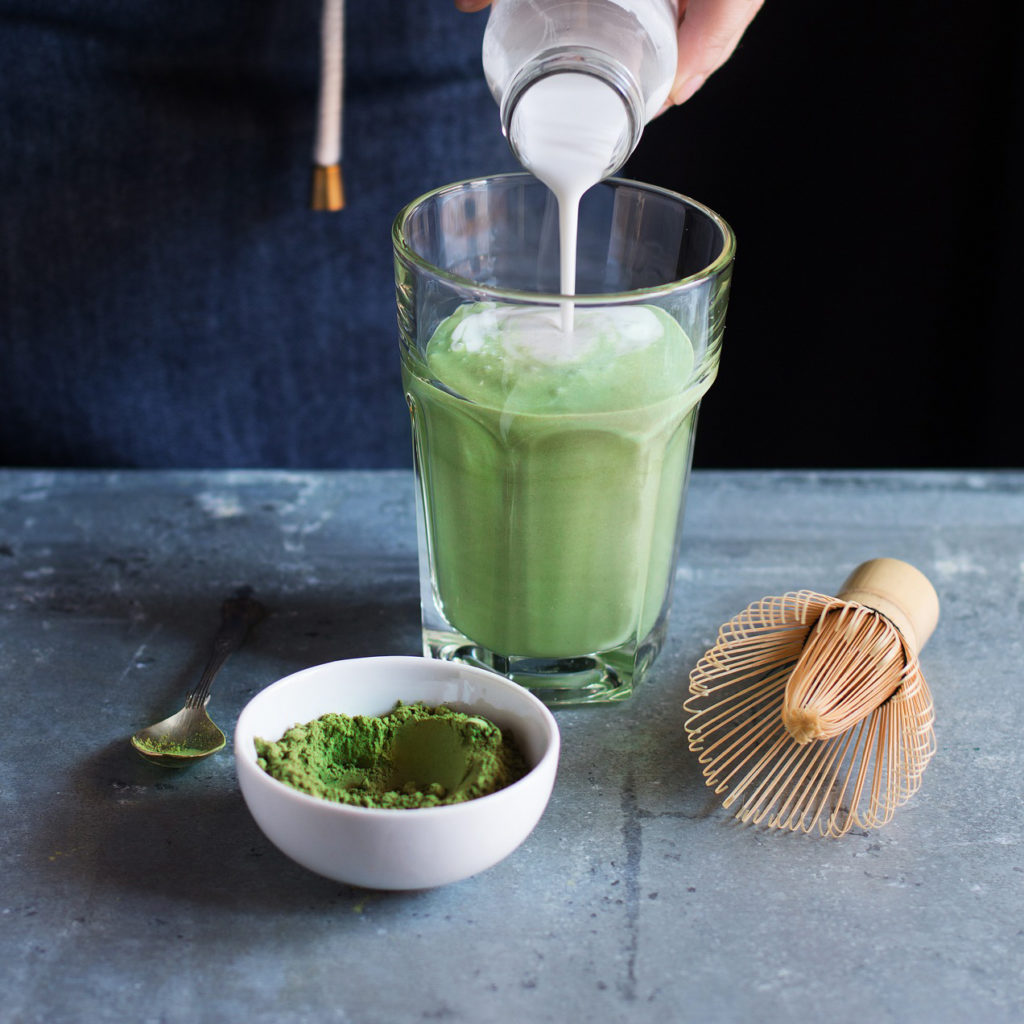What is worth knowing about Japanese Sencha?
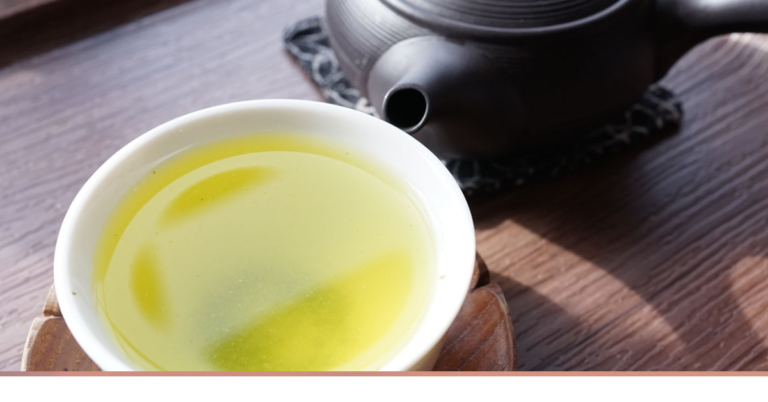
Japanese Sencha is the most popular of all Japanese teas. About 80% all green teas produced/processed in Japan are Sencha! In Japan, it is often used in everyday environments, at home, in restaurants, cafes.
It is very rich in vitamin C, trace elements and antioxidants, especially catechins, which inhibit cell aging, help our body to maintain youth and protect the cardiovascular system.
Catechins also help digestion, so it is recommended to drink this tea for 30 minutes. after a meal. Because of its mild taste, Japanese Sencha goes well with food, especially with dishes such as tempura and seafood.
Boiled Sencha acquires a greenish-golden color, a fresh aroma, and has a soft and balanced taste.
Sencha is usually made from the Yabukita type of tea (eng. cultivar).
Health Benefits of Sencha Tea:
- helps reduce the amount of free radicals in the body. Free radicals damage the cells of our body and accelerate the aging process of cells. The molecules damage DNA and increase the risk of developing cancer. Antioxidants, which are abundant in green tea, bind to free radicals and neutralize them.
- helps to lose weight. The caffeine in green tea helps boost your metabolism and help you achieve long-term weight loss goals.
- helps strengthen immunity. Antioxidants and vitamin C in tea improve the functionality of white blood cells and strengthen the immune system.
- helps to reduce the level of bad LDL cholesterol
- helps to improve the condition of the teeth and prevent the occurrence of caries. Sencha also helps fight germs in the mouth and thus eliminates bad breath.
The history of Sencha tea
The first written records of tea in Japan date back to the 8th century, but the most popular Japanese tea, Sencha, did not appear until the 18th century.
An old tea merchant named Baisao, later known as Ko Yugai, began selling tea around Kyoto around 1735. Matcha (powdered tea) was most famous in Japan at the time, and the Baisao tea preparation method was unusual. He put the whole tea leaves into boiling water and let them brew. His method of tea preparation was known as "sencha" (煎茶).
Sencha quickly became popular, and soon Baisao's friend, Nagatani Soen, invented the method of making Sencha tea that is still used today, called Uji cha: the youngest and tenderest tea leaves are collected, steamed, twisted/rolled, shaped and dried.
Called "Steamed Green Tea" (eng. steamed green tea) or "the best tea on earth" (English the best on earth), Sencha challenged the tea market. Overtook Matcha as the most popular tea in Japan until now. Sencha tea ceremonies called Senchado (煎茶道, Sencha Tea Road, the art of enjoying Sencha).
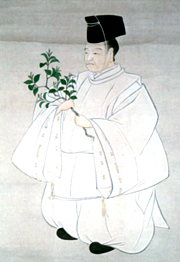
Nagatani Soen. | photo www.nagatanisouen.com
Factors affecting the taste and quality of tea
Location
Climate and altitude have a profound effect on tea bushes, from aroma and flavor to nutritional value. The further north you go, the harder it is to grow tea bushes - the colder spring weather can make the leaves more bitter.
In Japan, the largest producers of Sencha tea are Shizuoka, Kagoshima, Mie and Kyoto prefectures, and their optimal climate and geographical conditions make them ideal for growing high-quality green tea.
Plant variety (eng. cultivar), plant age.

Tea field, Shizuoka. | JaponiskaZalia.lt
Different varieties of the plant have different characteristics, similar to how different types of grapes are used to make wine. In Japan, the Yabukita cultivar is considered the standard, and other varieties are judged against this standard (eg earlier or later harvest, higher or lower yield, more or less umami/bitterness, etc.).
The age of the plant also affects the taste and size of the harvest. Older plants have wider roots, allowing them to absorb more minerals and nutrients from the soil. On the other hand, younger bushes have more leaves, which will make the tea taste milder.
Harvesting
Sencha green tea is usually harvested in spring or summer.
Steam treatment

Steam treatment of tea leaves, Kyoto. | photo Simona Suzuki
The leaves are treated with hot steam immediately after picking to stop the oxidation process and maintain a balanced taste, nutrients and bright green color.
The final taste of the tea depends on the duration of the steaming process.
- Asamushi Sencha (浅蒸し) – the color of tea prepared by Sencha steamed for a short time (20-30 seconds) is light, the astringent taste of fresh grass
- Chumushi Sencha (中蒸し) – Medium steamed Sencha (30-90 seconds)
- Fukamushi Sencha (深蒸し) or fukamushicha - longer steamed Sencha (1-2 min) darker green tea, intense flavor, less bitterness
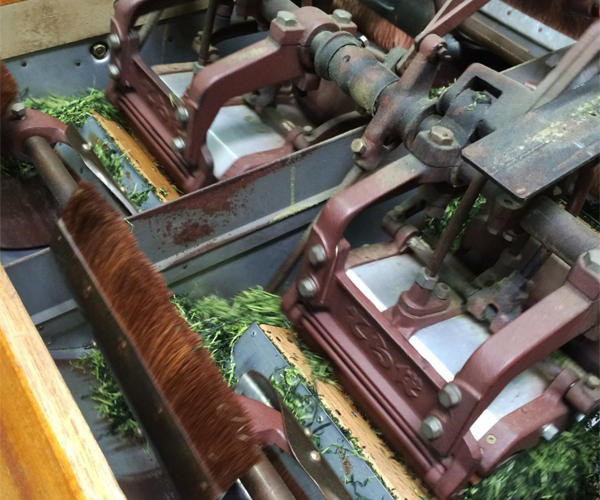
Rolling and shaping of tea leaves, Kyoto. | photo Simona Suzuki

Sencha leaves resemble needles, Kyoto. | photo Simona Suzuki
Machining and forming
Steamed leaves go through a rolling process. It is mostly mechanical, but you can still find places where the leaves are shaped by hand.
During the rolling process, the old leaves of the leaves are broken, which allows water to enter the inside of the leaves faster and easier during tea brewing.
The next stage is drying. Leaf humidity is reduced to 5%.
For rolling Japanese Sencha usually has typical thin needle-like leaves.
Composition (eng. blending)
The final tea may contain different varieties (eng. cultivar), mixed to achieve a specific taste, color and texture. Some producers sell only one variety of tea, while others use different varieties of tea to achieve the desired flavor profile. There is no right or wrong mix or flavor, and enjoyment is purely a matter of personal preference. It's best to try a few different Sencha teas to find the one that's right for you.
Types of Sencha tea
- Asamushi Sencha (浅蒸し煎茶) – briefly steamed Sencha (20-30 sec.)
- Chumushi Sencha (中蒸し煎茶) – medium steamed Sencha (30-90 sec.)
- Fukamushi Sencha (深蒸し煎茶) - longer steamed Sencha (1-2 min)
- Jō Sencha (上煎茶) – superior Sencha
- Tokujō Sencha (特上煎茶) – extra superior Sencha
- Kabusecha (かぶせ茶) – Sencha grown in the shade
- Shincha (新茶) or ichibancha (一番茶) is the first tea of the spring harvest
Cold brewed Sencha

Let's communicate Facebook. Don't miss our news 🙂


